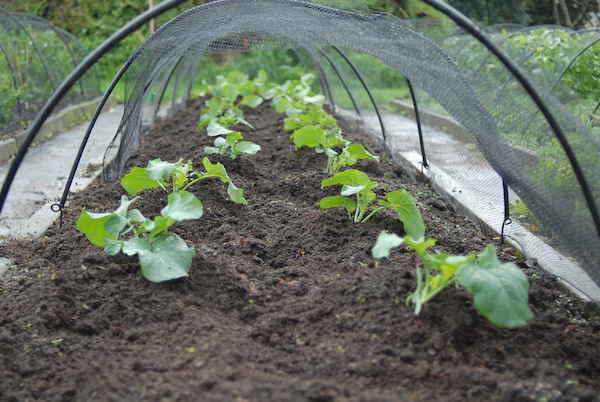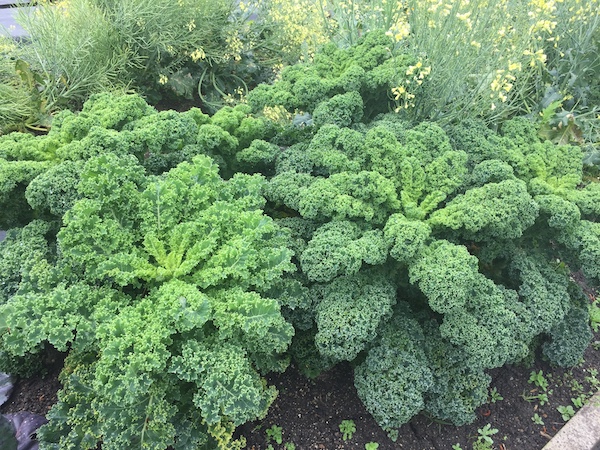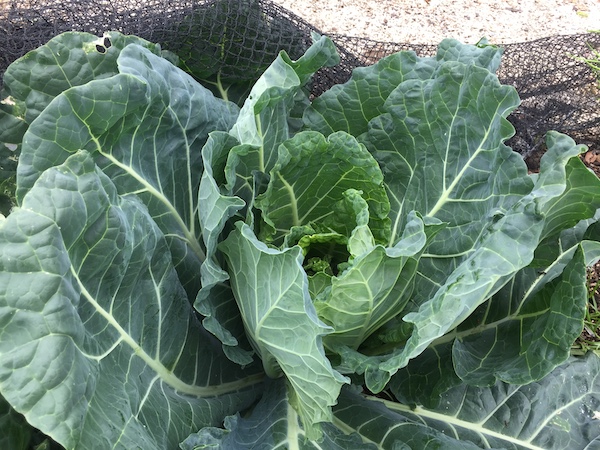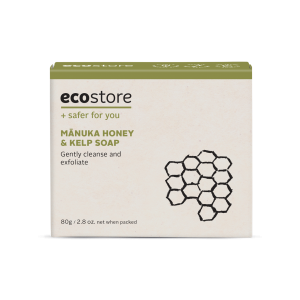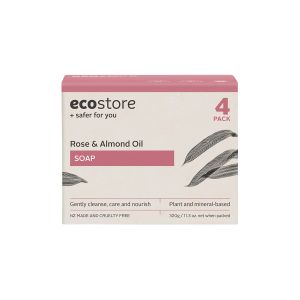
How to grow winter greens – broccoli, cabbage, cauliflower, kale and more
Broccoli is probably the most loved green vegetable of all time and it’s time to plant it now - along with its cousins in the brassica family – cabbage, cauliflower, kale and so on.
We don’t grow this group of veges in the summer because in warm conditions they’re plagued by the white butterfly. It lays its eggs on the leaves and they turn into a little green caterpillar which nibbles its way through the plant. They’re also prone to white fly in the summer. We reckon it’s best to enjoy lettuces and peas and beans in summer and leave the brassicas for winter. That’s how nature would have it.
The first thing is it’s good to get the first seedlings in early-ish - February for cooler regions, March for warmer ones. They’ll get off to a good start with the late summer/autumn warmth and be producing in early winter. Plant successively in April and May and by then the cold will have caught up with you. Seedlings which go in in May will probably sit for a month or two and produce for you in late winter, but that gives you a good long season.
Secondly, the brassica family likes lots of goodness in the soil, partly because they are big plants and need it and also because they’re in the ground for a long time. So, work your bed up well before planting out. Aerate the existing soil first with a fork, then add a good layer of compost, an application of lime as brassicas like an alkaline soil and lime is also a good soil conditioner, chicken manure or sheep pellets and a multi-mineral fertiliser like Natures Organic Fertiliser. Work this all in with a fork.
Plants need to be spaced out around 40-50cms apart. For plants that go in early in the season we would add a few granules of neem in the planting hole. This is taken up systemically by the plant and helps ward off the white butterfly. Always water plants in well.
At regular intervals place yeast traps made from 1 teaspoon dried yeast + 1 teaspoon of white sugar to 1 cup of warm water just above soil level height. Slugs and snails are the number one pest for the brassica family. We would net our beds to keep the white butterfly at bay, as well as cats, dogs and birds, while the seedlings are small.
Should your brassicas succumb to the white butterfly, there is a spray which contains Btk (Bacillus thuringiensis kurstaki), a biological deterrent, that is most effective on the caterpillars. Yates Nature's Way Caterpillar Killer – Dipel includes Btk.
During the growing season, hill up round the roots of the plants to keep them upright in the face of storms, and also give the plants another feed of chicken manure or sheep pellets halfway through to keep them in optimal health.
There are all sorts of varieties within a species to choose from. Starting with broccoli we find the heading variety ‘Marathon’ works best in our warmer climate. ‘Tasty Stems’ is our choice for sprouting broccoli, also known as broccolini. And Cauliflower ‘All Year Round’ is our favourite cauliflower variety. As the cauliflower head grows, snap the leaves around it over the head and this keeps it nice and white while it matures.

Broccoflower is obviously a cross between broccoli and cauliflower and looks like a green cauliflower. There’s also a Romanesco cauliflower which has a wonderful spiralling shape, and is a kind of green cauliflower too.
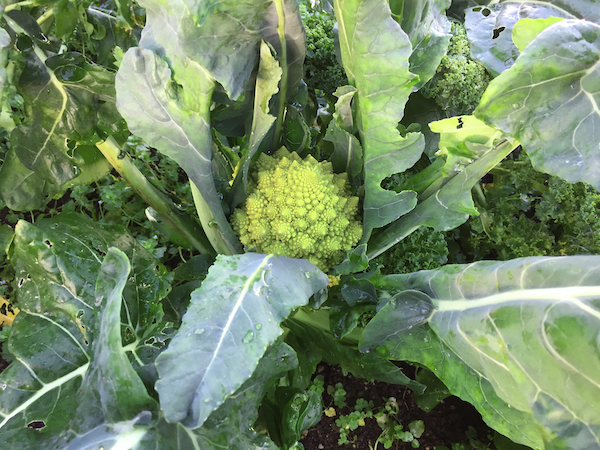
Then there are purple cauliflowers which many find easier to grow than white cauliflower and there’s purple sprouting broccoli.
In the kale family there is Russian Red, Cavolo Nero (the palm tree kale) and curly-leaved or Borecole.
The brassica family do well in cooler conditions, in particular Brussels sprouts and their cousin, the kalette (a cross between Brussels sprouts and kale), both of which grow best in climates that get regular frosts.
There’s also the collard which is a big leafy vegetable often grown for making green juices. Like all this family, it’s high in nutrients and as this one is bulky it’s efficient for juicing.
Finally, there is a group of vegetables that belong to the brassica family which you might not realise. They are the Asian greens like bok choy, kohlrabi, radish, turnip, rocket and the flower alyssum. The reason it’s good to know they’re brassicas is that ideally you wouldn’t grow brassicas in a garden bed where you’ve just taken brassicas out of. Club root can afflict this family of vegetables and if you grow more in the same bed it just makes the problem worse. Practising crop rotation is therefore really important.
----
Organic Edible Garden’s vision is to make organic edible gardening achievable for everyone. Visit their website for Getting Started videos, and regular blog posts to find out what to do in your edible garden.


